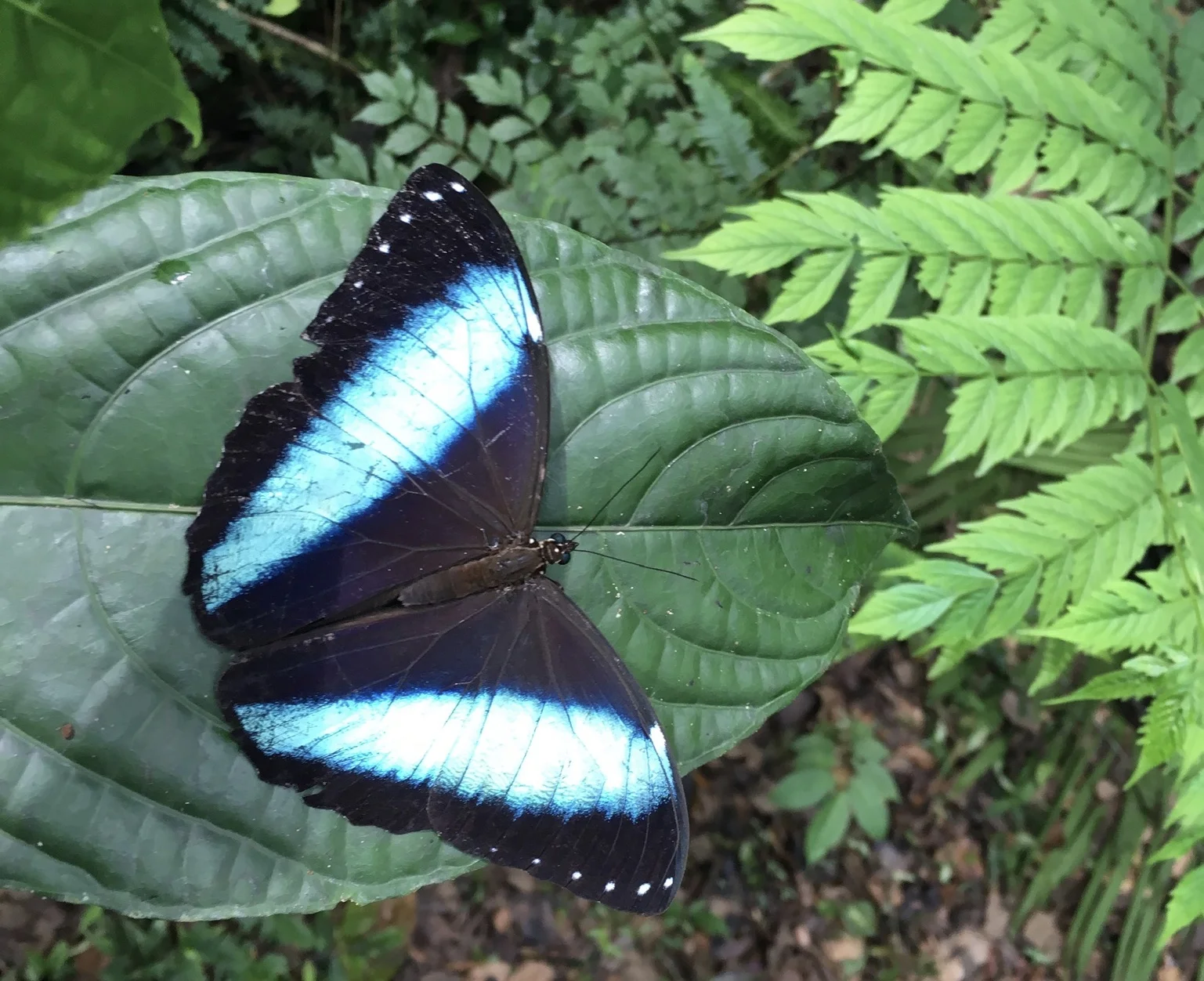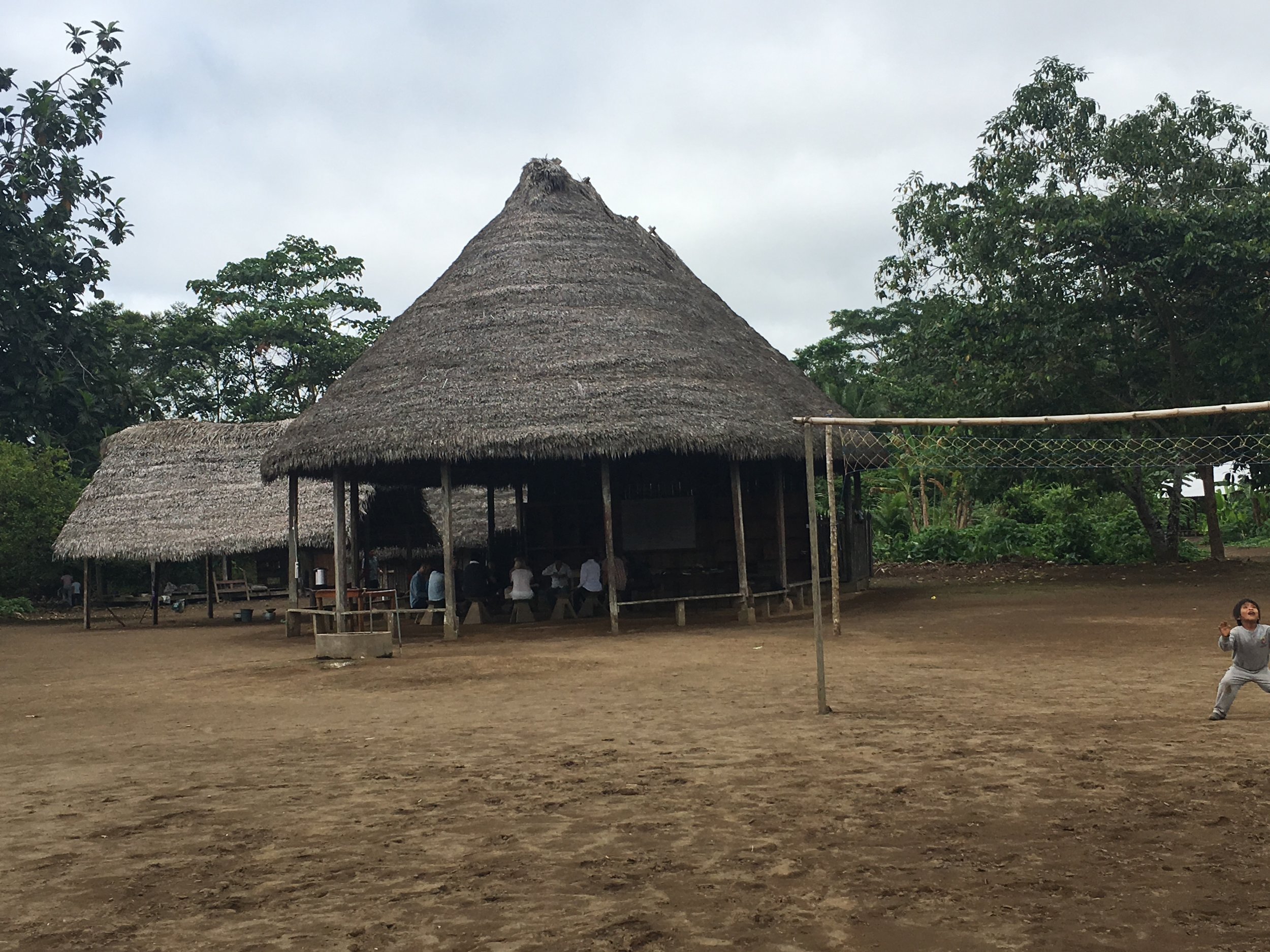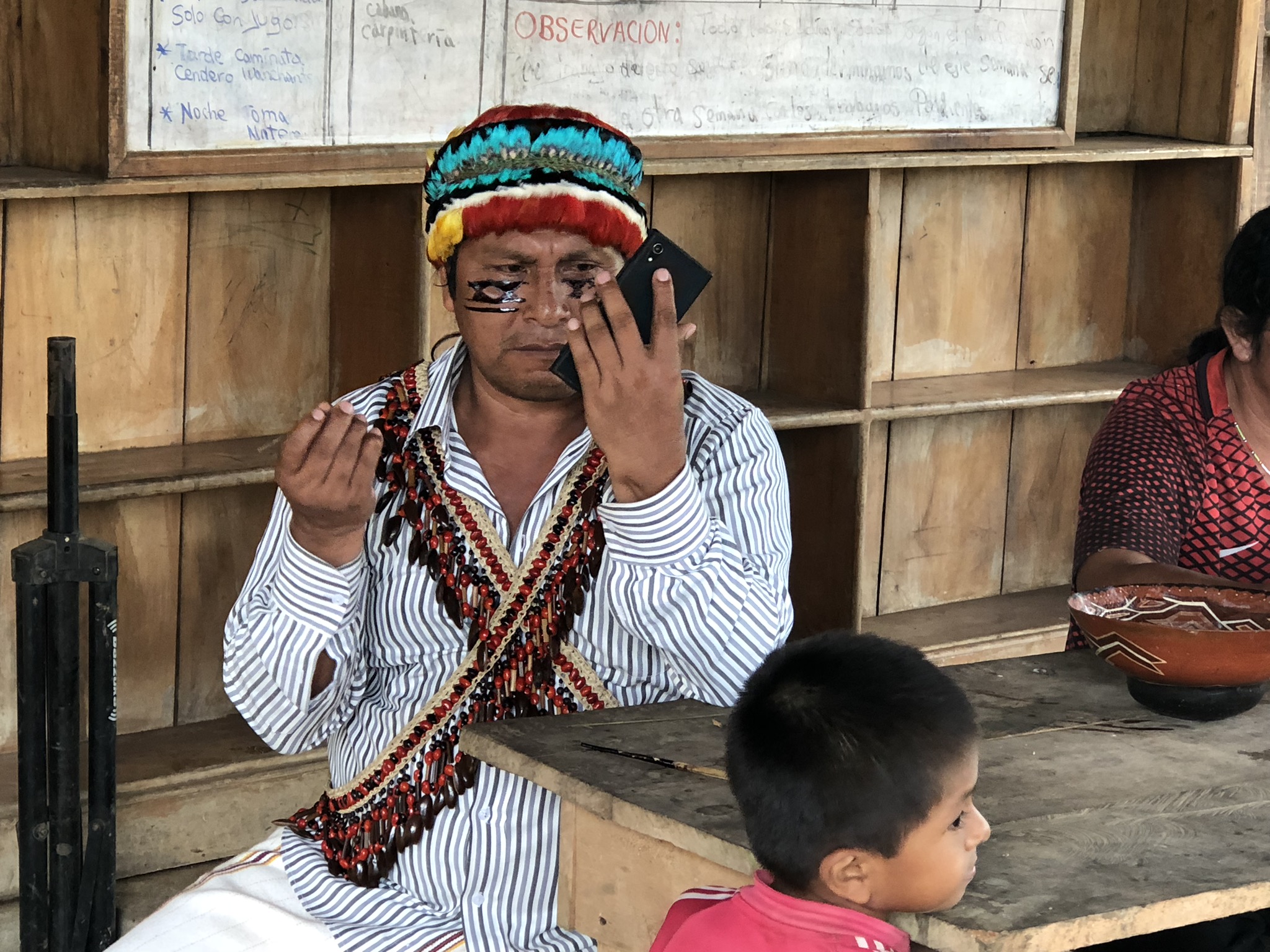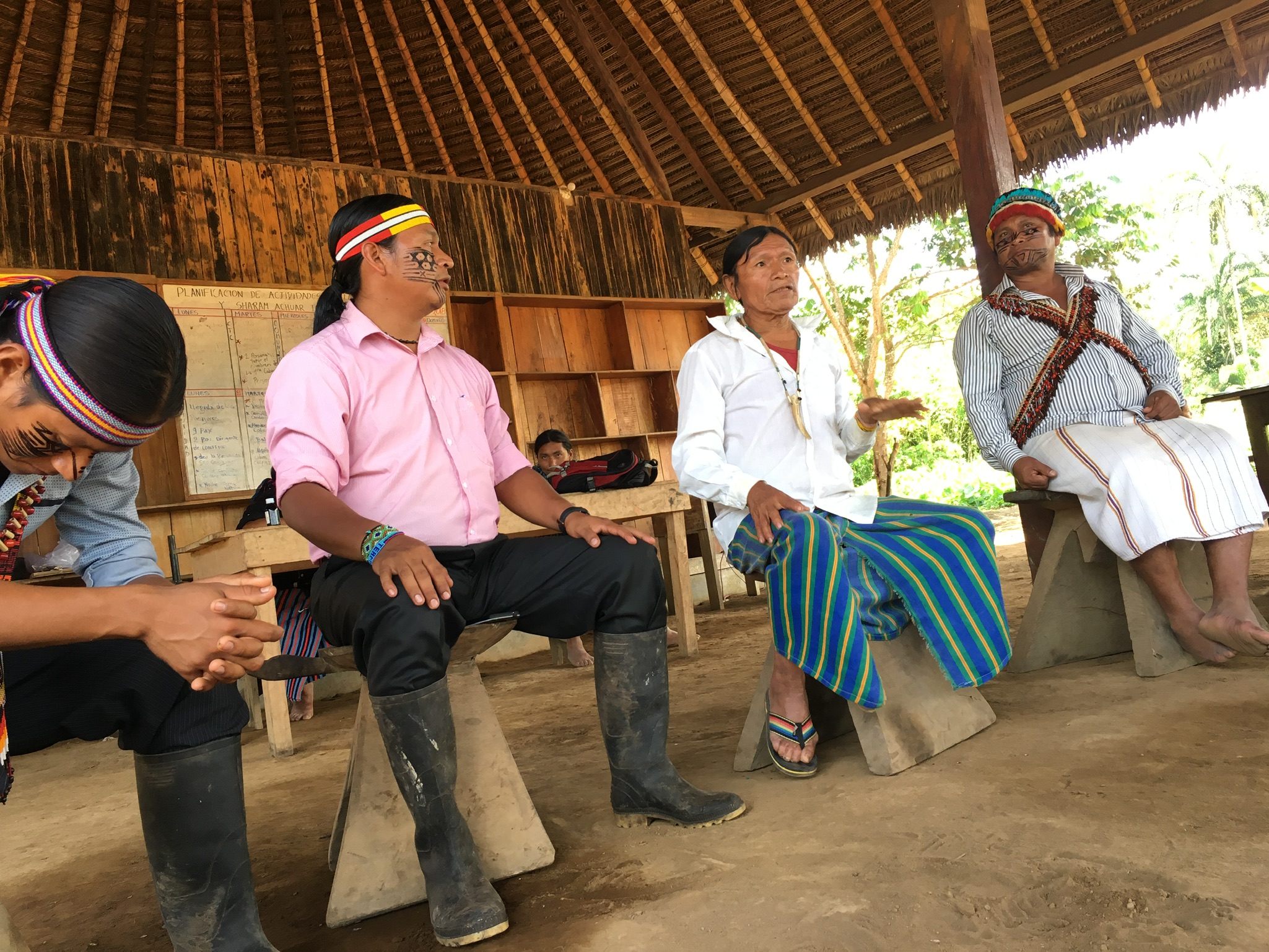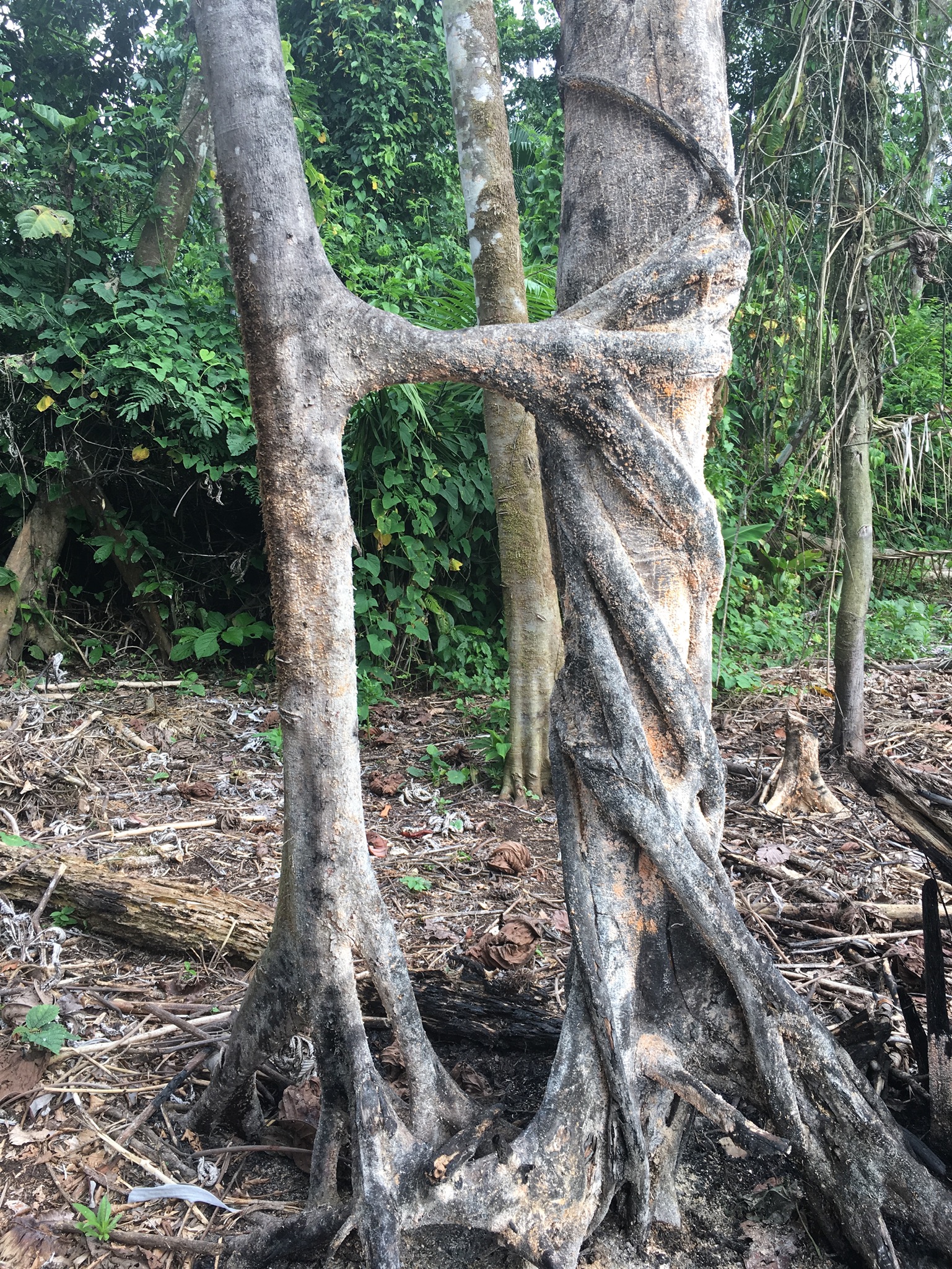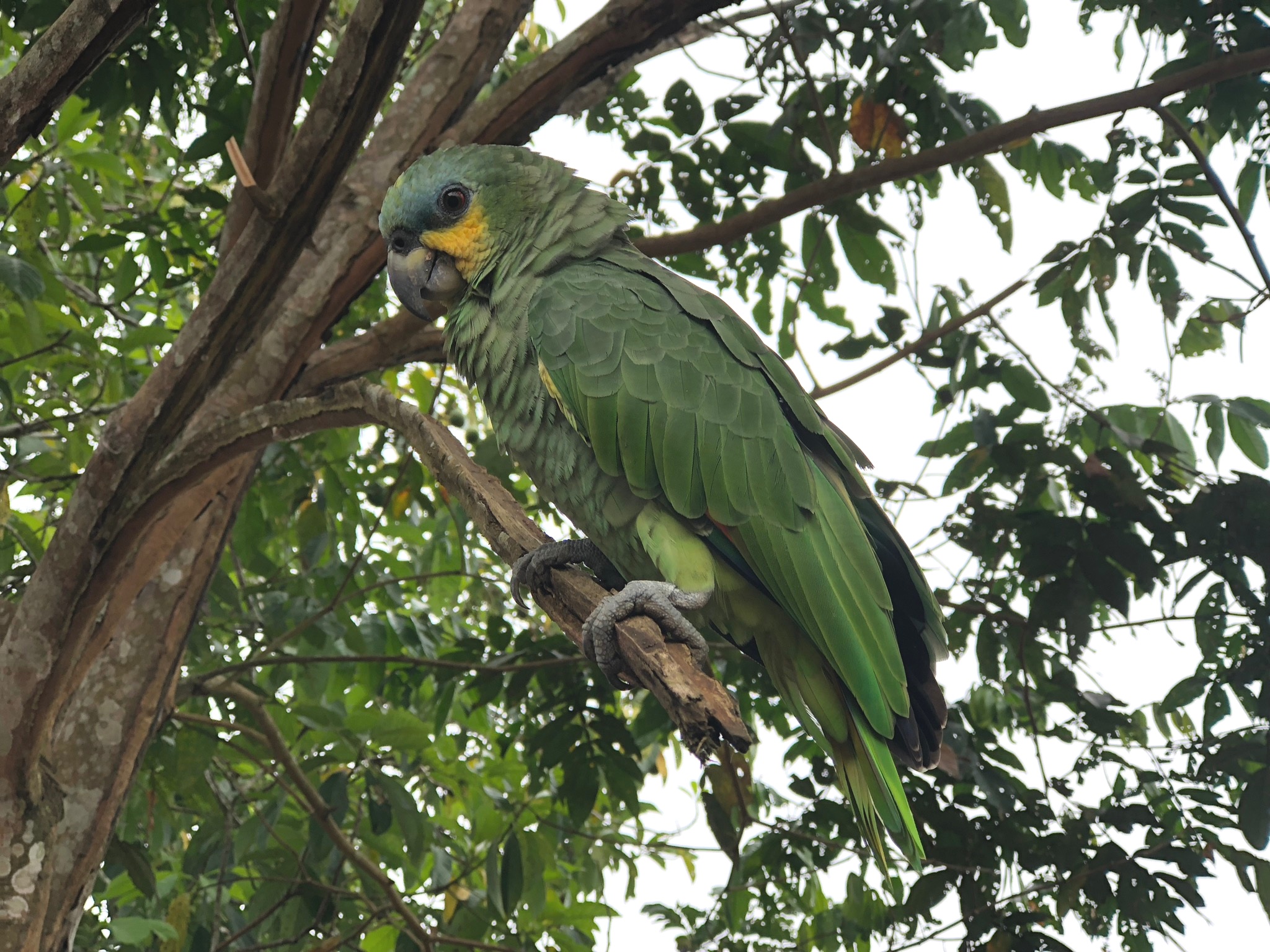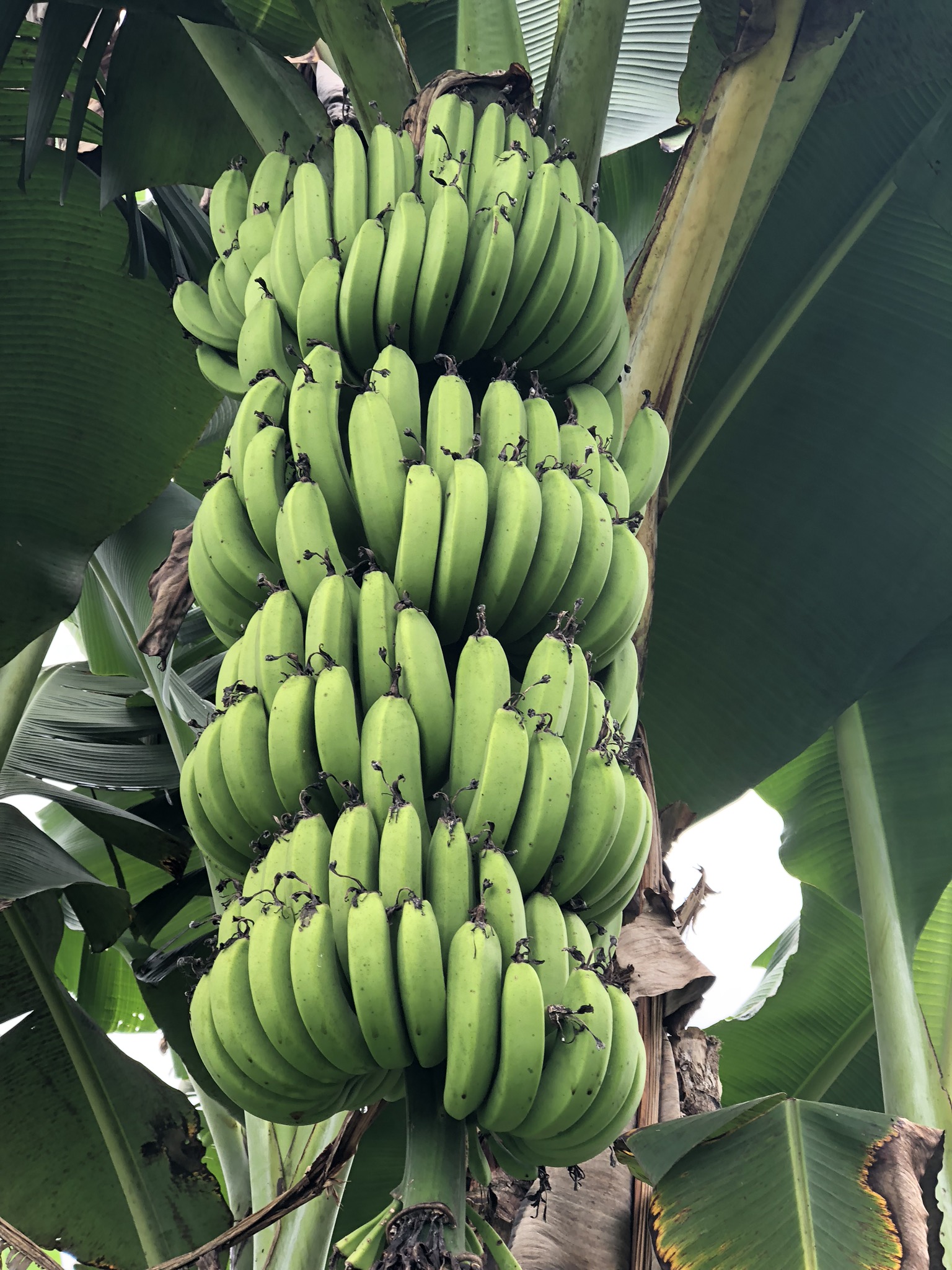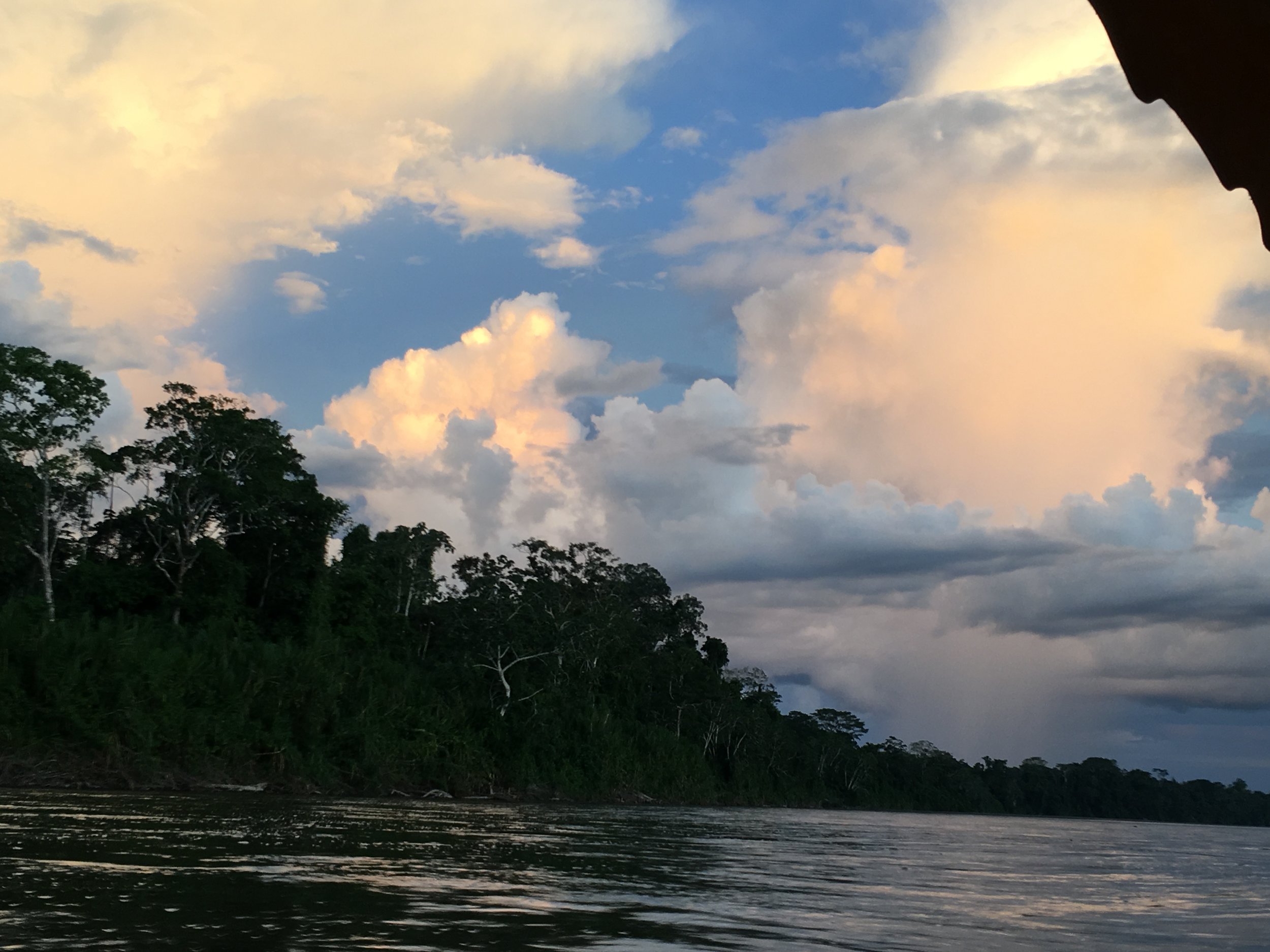AN AMAZON LOVE STORY—CONNECTING TO THE INNERNET
/Ecuador. Equator. The middle of the earth. A place of balance between two poles.
Quito, the capital we flew into, is perched in the Andes mountains at over 9000 feet. Its location is stunningly beautiful, with snow-capped volcanoes and a front row seat to gorgeous shifting cloudscapes. Ancient indigenous peoples, and later the Incans, considered this place sacred long before it was named a UNESCO World Heritage Site. It’s easy to see why. Ecuador’s most picturesque mountain, Cotopaxi, is an active volcano whose grand scale, symmetry and snowy summit evoke Mount Olympus. In fact, ancient mythology placed the seat of the gods at Cotopaxi’s peak.
My travel companions and I were called to Ecuador for a deep dive on the Rights of Nature movement. What is “the rights of nature”, you ask? I’ll tell you all about it, but not by recounting the experience of sitting in a university auditorium for three days of indoor presentations and intellectual discussions at the International Rights of Nature Symposium. That’s a story of the mind.
Instead, I’ll tell a story of lungs and hearts.
Arriving at our Quito Airbnb, I became very aware of the altitude. One flight of stairs, and I was winded. It was hard to concentrate. The expression that slowly came to my oxygen-deprived mind was: “head in the clouds”. My whole travel crew lives at sea level back in the US, so even the heartiest among us was vertically challenged. That was reassuring, at least. I felt my heart and lungs laboring, as if they were separate organisms—like three sled dogs straining to pull the rest of my body through deep, heavy snow. My time in Quito was mostly spent in the conference, listening to presentations about how to legally protect and enforce nature’s right to exist and flourish. Much of my free time consisted of lying down to rest my cardiovasculars while daydreaming about the second part of the trip—a four-day Amazon rainforest immersion.
Photo credit: L. Christina Cobb
Quito taught me what it might feel like to breathe in a future where air pollution and climate change cause a kind of mass asthma or COPD. I was constantly aware of my lungs, and how hard they were working to bring in enough oxygen. Imagine if this physical struggle was the norm, all over the planet, all the time. Climate change is at its core an excess of carbon dioxide and other greenhouse gasses, and a deficit of oxygen. Already, ocean oxygen levels are declining at an alarming rate. Climate change is direct evidence of our effect on nature, and a clear assertion of nature’s power over us humans. It is a blunt reminder that whatever we do to nature, we do to ourselves. We have to play nice with nature, because ultimately we depend on her for everything.
The remedies that most helped with the altitude were nature’s medicines: coca tea and chlorophyll pills. But the fix I really needed was a descent to lower altitudes, into the forest of my dreams and the ultimate source of oxygen: The Amazon.
The Amazon jungle pumps out so much oxygen, your body feels super oxygenated, high on O2. The oxygen-rich air was just the first hint of Amazon magic. As soon as we arrived at the Achuar village of Sharamentsa, deep in the heart of the Amazon, all my senses keyed up to a higher frequency and sensitivity. On our first guided forest walk, I noticed an extra aliveness kick in. I thought, “we’re by far the minority species now”. What a thrilling feeling. When your species isn’t a god-like overlord in a manmade, human-centric version of the world, everything feels so much more…natural. Extraordinarily clear-headed, I felt completely present and at home in this foreign world.
When you’re in rainforest territory, being aware of real-life surroundings and being present are of top importance. Instinctively, you want to know which creatures are where at every moment and whether they’re friend or foe. All around, life in billions of forms—teeming, thrumming, humming, crawling, fluttering and flapping. Trillions of plants and trees of every imaginable form and shade of green. For millennia, this place has thrived like a single super-organism, regenerating in an endless cycle of interconnectedness and interdependence.
Photo credit: Josh Knauer
This was total immersion, in an incomprehensibly complex ecosystem that is no less than a massive collective intelligence. A massive distributed brain.
We were tapping into the Innernet. Communication between my friends and I grew more intuitive, less verbal. We were hyper-aware of each other, of our Achuar hosts, the jungle’s spirit; and the energy of the Pastaza River, the Amazon River tributary where our village perched.
Each of us came to the rainforest with our pressing life questions, relationship issues, internal struggles. In short, we traveled with the usual human baggage. Each day, our group vibe became more relaxed, compassionate and flowing. It was as if the forest was re-teaching us how to simply be.
The forest provides, with endless generosity and abundance. The forest gives and gives, without questions or expectations.
Photo credit: Josh Knauer





